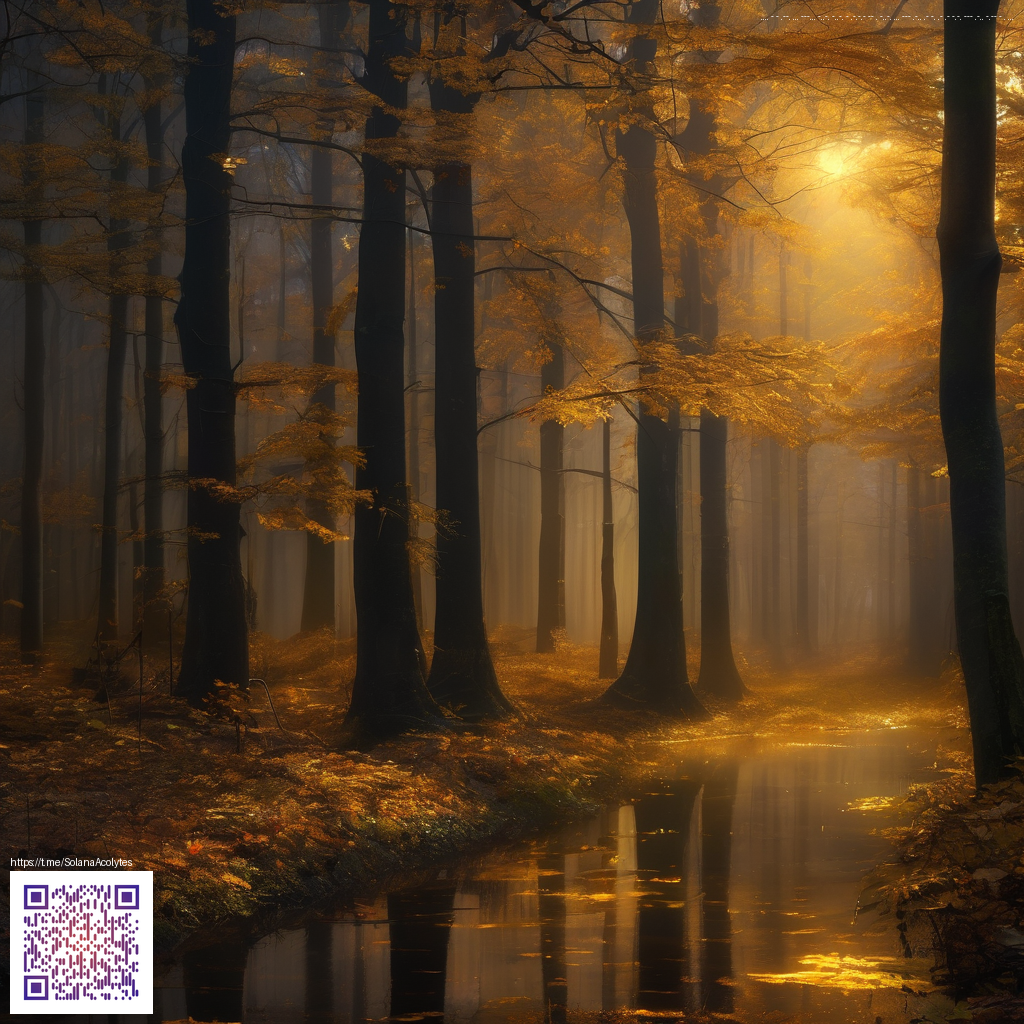
Hidden Crossovers in Minecraft: Zelda and Portal Journey Beneath the Blocky Surface
Minecraft remains a playground where imagination trumps gravity, and the latest wave of fan driven projects proves that crossovers from Zelda and Portal can feel surprisingly native. Across mod packs, texture releases, and hand built arenas, players are stitching two beloved universes onto the same sandbox map. The result isn’t a messy mashup but a thoughtful dialogue between exploration, puzzle solving, and combat rhythm that changes how we approach the game’s fundamental systems. 🎮
From the moment you spawn into a world that combines Hyrule style shrines with Portal style testing chambers, the gameplay loop shifts just enough to spark fresh decisions. You might discover a Zelda inspired shrine that replaces a traditional dungeon with a compact, puzzle heavy arena that rewards map reading and memory as much as pointer coordination. On the other hand, portal experiments introduce instantaneous travel, gravity aware puzzles, and spatial puzzles that twist the way you plan a run through a cavern or a fortress. These ideas are not merely cosmetic; they nudge players to rethink resource management, traversal, and combat tempo.
Gameplay notes: how crossovers reshape the sandbox
At the heart of these mashups are two core techniques that fans tend to replicate with care. First, portal style gadgets give players a new way to traverse spaces, linking distant rooms or bypassing typical chokepoints. The trick lies in balancing risk and reward; if portals are too forgiving, puzzle sequences collapse. If they’re too punishing, the fun of discovery wanes. The second pillar comes from Zelda inspired dungeons and trials, which reframe exploration as a sequence of meaningful checkpoints rather than a free roam sprint. These trials often enforce a specific order of operations, encouraging players to gather keys, unlock gates, and solve environmental riddles before progressing.
- Resource flow shifts as players prioritize puzzle oriented gear alongside traditional weapons.
- World design leans toward compact, curated spaces that reward careful reading of environment and clues.
- Combat rhythm blends swordplay and timing with tactical positioning and portal based navigation.
- Progression systems may adopt Zelda like stamina or hearts style health as optional mods, providing a familiar ladder while preserving Minecraft’s core freedom.
Community builds often emphasize storytelling as well. A map may begin with a simple hub that nods to a familiar Zelda locale, then branch into a Portal styled testing ground where you must master both the physics and the environment to unlock a path forward. The sensory language is distinct: lush green fields, ancient runes, shimmering portals, and the soft hum of redstone mechanisms all sharing the same frame. It’s a reminder that Minecraft is less about strict genre fidelity and more about the moods you can conjure with blocks.
Community pulse: who’s shaping these worlds
Modders and map builders are the lifeblood of crossovers. They experiment with shaders, texture packs, and custom item models to blur boundaries between franchises. Many communities highlight Zelda themed builds on platforms like Planet Minecraft or dedicated mod pages, while Portal inspired gadgets often rely on portal blocks, gravity mechanics, and puzzle rooms that use redstone and command blocks to simulate portal travel logic. The best projects feel like living collaborative spaces where feedback loops from players fine tune balance and pacing. The result is a thriving subculture where new ideas spark weekly, and old favorites are reimagined with modern tooling.
Updates and compatibility: mod support as a living ecosystem
Because crossover projects frequently run on third party mod loaders, they live and breathe with每Minecraft updates. The community tends to rally around Forge or Fabric ecosystems, ensuring popular mechanics remain compatible as the base game evolves. Each new Minecraft version often requires ports of texture packs, new assets for dungeon tiles, and updated logic for portals and puzzle triggers. While fans eagerly anticipate snapshots, they also anticipate the behind the scenes work: reauthoring data packs, updating command sequences, and refining spawn rules so that a Zelda styled shrine doesn’t overpower a vanilla biome. This iterative process is a hallmark of online modding culture, where the timeline of a patch becomes part of the gameplay experience rather than a mere maintenance chore. 🔧
Modding culture: tools, tradeoffs, and threads that glue communities
Under the hood, the most influential tools are the classic stalwarts of Minecraft modding: Forge and Fabric, plus a growing ecosystem of texture packs and shader suites that add cinematic lighting, weather, and UI polish. Builders favor world editing tools for precision in shrine layouts and portal arbors, while redstoners push the envelope with自定义 logic that mimics the puzzle gravity of Portal’s testing chambers. The philosophy is collaborative: open source assets, shared blueprints, and generous feedback threads make it easier for new creators to contribute. The result is a living archive of crossovers that can be reopened, revised, and rebuilt for future updates. 🧠
Developer perspective: keeping the door open for creativity
Mojang has long supported the vibrant modding scene by keeping the platform permissive for community driven content, even as official crossovers remain rare. The ongoing dialogue between players and developers shapes how new features are exposed and how compatibility is preserved. A healthy ecosystem thrives on constraints that invite clever workarounds rather than restrict imagination. That balance matters because these fan projects often set the tone for how a game ages gracefully, inviting younger players to explore a library of ideas that blend puzzle solving, exploration, and creative expression in delightfully unexpected ways. 👾
For readers chasing the next wave of crossovers, keep an eye on community showcases, modding tutorials, and shader pack releases. The blend of Zelda style dungeons with Portal style experimentation remains a potent reminder that Minecraft’s sandbox is not a single genre club but a bustling convention hall where every doorway can lead to a new universe.
Non-Slip Gaming Mouse Pad Neon High-Res Polyester Surface